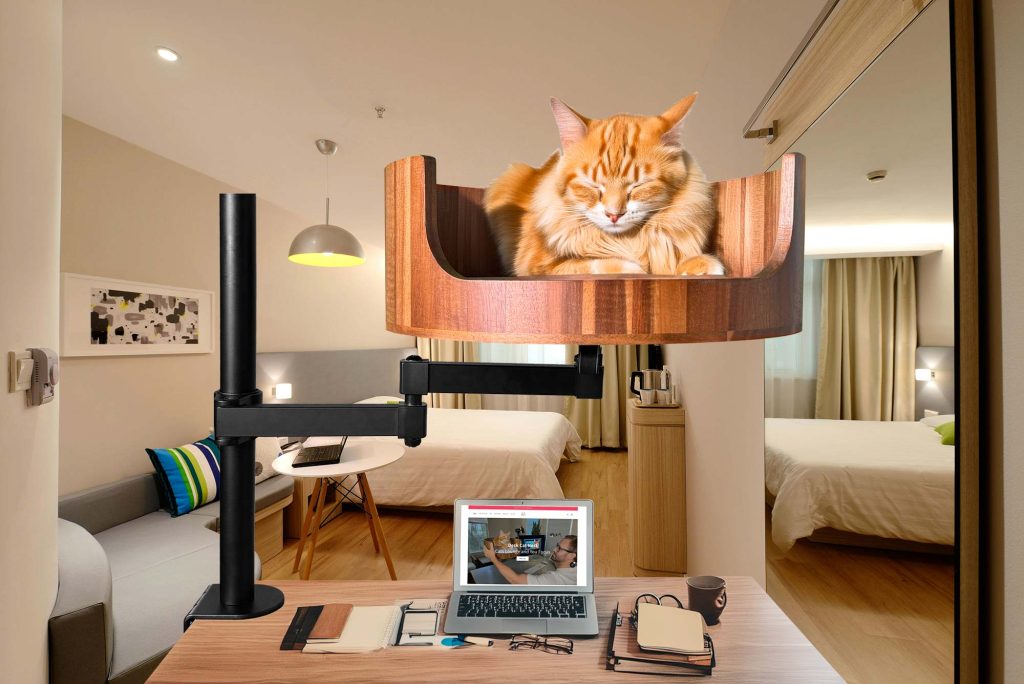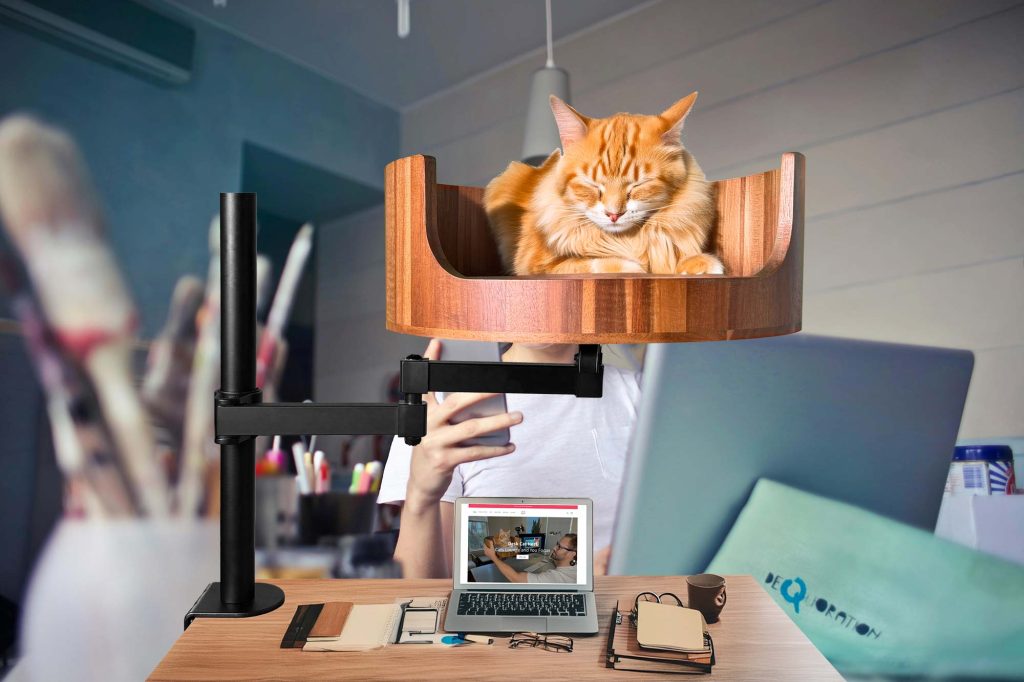Have you noticed your cat’s eye becoming watery lately? If so, you’re not alone. Many cat owners have experienced this issue and are looking for answers. In this article, we will delve into the various causes of watery eyes in cats and explore possible solutions to help alleviate this common problem.
From allergies to infections, there are several factors that can contribute to your cat’s watery eye. Understanding the underlying cause is crucial in providing the right treatment and relief for your feline friend. We will discuss potential reasons for watery eyes in cats, ranging from mild irritants to more serious health concerns. Additionally, we will provide tips on how to help your cat feel more comfortable and reduce the symptoms of watery eyes. Whether it’s simple home remedies or a visit to the vet, we will equip you with the knowledge you need to care for your cat’s eye health effectively.
1. Watery eyes in cats can be caused by various factors, including allergies, infections, or underlying health conditions.
2. Common solutions for watery eyes include keeping the area clean, using prescribed eye drops, and addressing any potential allergens in the cat’s environment.
3. Regular visits to the veterinarian are recommended to properly diagnose and treat the underlying cause of your cat’s watery eyes.
4. Monitoring your cat’s eye health and seeking prompt veterinary care can prevent potential complications and discomfort for your feline friend.
5. Understanding the causes and solutions for watery eyes in cats can help you provide the best care for your pet’s ocular health.
Causes of Watery Eyes in Cats
There are various reasons why a cat’s eye may become watery. Some common causes include allergies, infections, foreign objects in the eye, blocked tear ducts, or even underlying health conditions such as conjunctivitis or glaucoma. Allergies can be triggered by pollen, dust, or certain foods, leading to watery eyes. Infections, whether bacterial or viral, can also result in excessive tearing. Additionally, if a foreign object such as dust or hair gets into the eye, it can irritate the eye and cause tearing.
Signs and Symptoms to Look Out For
When your cat’s eye is watery, it’s important to observe for other signs and symptoms that may indicate an underlying issue. These can include redness, swelling, discharge, squinting, excessive blinking, or changes in behavior such as avoiding light or rubbing their eyes frequently. If you notice these signs along with watery eyes, it’s advisable to seek veterinary attention to determine the cause and appropriate treatment.
Treatment and Solutions for Watery Eyes
The treatment for watery eyes in cats depends on the underlying cause. If the issue is due to allergies, your vet may recommend antihistamines or changing your cat’s diet. In cases of infections, antibiotic or antiviral eye drops may be prescribed. For blocked tear ducts, your vet may need to flush the ducts or perform surgery to correct the problem. It’s crucial to follow your vet’s treatment plan carefully and monitor your cat’s progress to ensure the watery eyes resolve effectively.
Desk Cat Nest FAQ
Why is my cat’s eye watery?
Watery eyes in cats can be caused by a variety of factors, including allergies, infections, irritants, or blockages. It’s important to consult with a vet to determine the underlying cause of your cat’s watery eyes.
Will the Desk Cat Nest help with my cat’s watery eyes?
While the Desk Cat Nest is designed to provide a cozy and comfortable space for your cat to rest and relax, it may not directly address the issue of watery eyes. It’s still recommended to seek veterinary advice for proper treatment.
How should I clean the Desk Cat Nest to prevent eye infections?
It’s important to regularly clean the Desk Cat Nest to prevent the buildup of dirt and bacteria that could potentially lead to eye infections. Use a mild detergent and warm water to gently wipe down the nest, and make sure it is thoroughly dried before allowing your cat to use it again.
Can the Desk Cat Nest help with my cat’s allergies?
While a clean and comfortable environment provided by the Desk Cat Nest may help alleviate some allergy symptoms, it’s best to consult with a vet to determine the specific triggers for your cat’s allergies and develop a comprehensive treatment plan.
In conclusion, investing in a Desk Cat Bed for your feline friend can prove to be a valuable choice in addressing your cat’s watery eyes. The raised design of the bed helps promote proper drainage of tears, reducing the likelihood of eye irritation and discharge. Additionally, the soft and comfortable material of the bed provides a cozy resting place for your cat, allowing them to relax and potentially alleviate any stress or discomfort that may be contributing to the watery eyes. Overall, the Desk Cat Bed offers a practical and effective solution to help improve your cat’s eye health and overall well-being.


